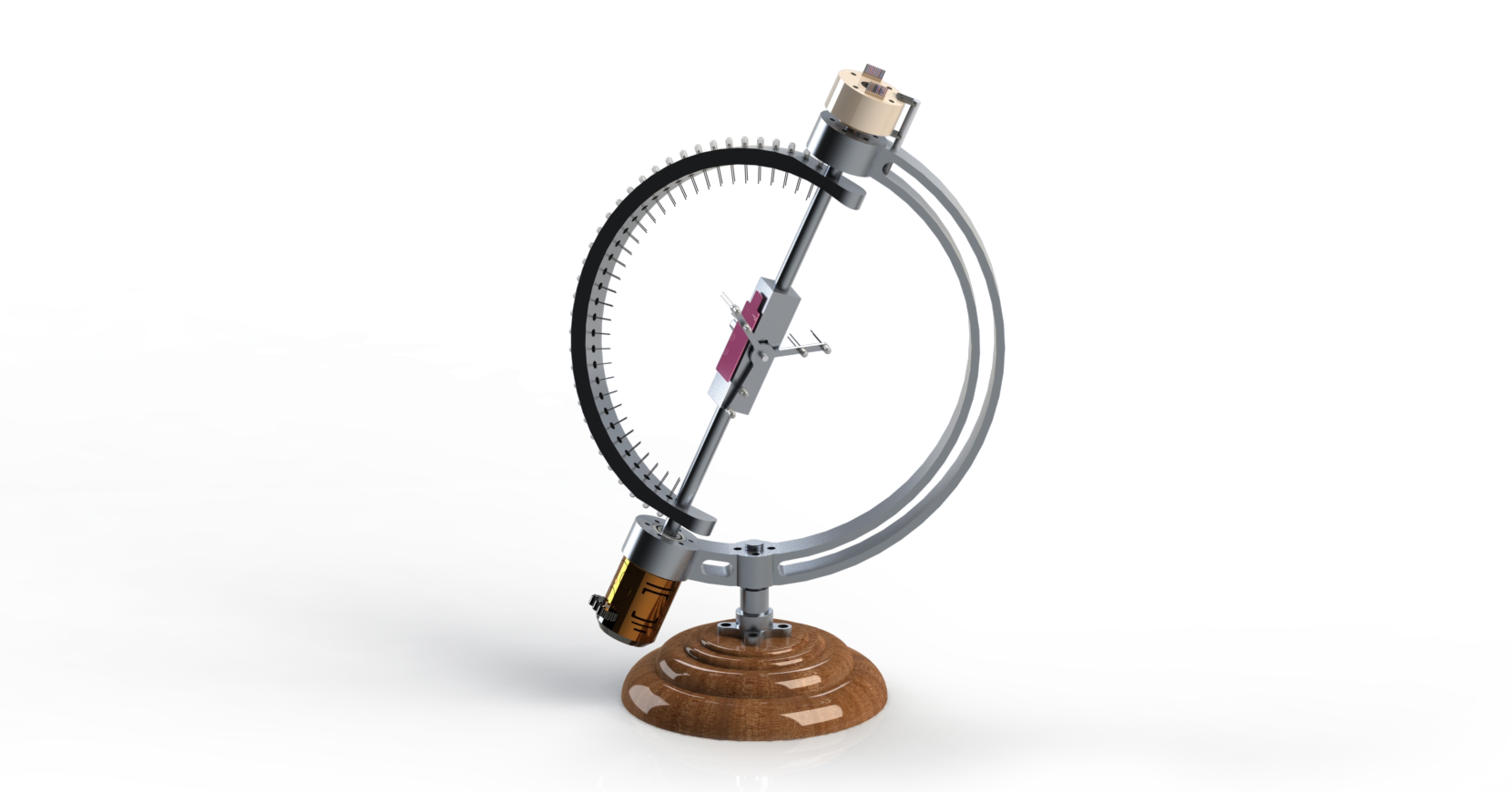MICROCONTROLLERS: an LED GLOBE
my junior spring I decided to take one of the capstone Electrical Engineering classes, one of the notoriously brutal class 6.115. I previously had little to no experience in electronics or coding. By the end, I was confident in reading data sheets, coding in Assembly, playing with pointers, debugging nasty circuits, soldering thousands of connections.
My final project was to build an LED globe that displayed spherical patterns. The spinning module consisted of a thin steel circle lined with 40 RGB LEDs controlled by 8 serially-addressed shift registers (TLC5940s). A PSOC4 - development kit to communicate with these chips. I chose to use this microcontroller for its small size - this module needed to spin with the LEDs to avoid having to send data through a slip ring. The PSOC was powered by an onboard 5V-regulated 9V battery (this needed only to power the PSOC and provide data highs).
The spinning LEDs and TLC5940's were powered by a tabletop power supply via a Mercotac slip ring. The entire spinning module was actuated using a cheap Banebots 775 DC motor, powered by a tabletop power supply.
My workspace in the MIT Robotics Team's home room. I spent 3 consecutive days (2 nights without sleep) sitting here wiring and coding before it was due.
Mechanically done, without any electronics.
I made the mistake of designing a mechanically intensive project for an electrical engineering class. I machined the entire project: this included the heavy use of the Area51 Waterjet, a lot of milling (and milling patterns on long shafts, which was new for me) and turning the stand on a CNC lathe.
Each TLC5940 had 16 output pins. This was enough to send data to 5 RGB LEDs (3 lines each, plus a common cathode). As such, I modularised the electronics into 5 LEDs, small breadboard and TLC5940. This not only created a convenient workflow but also allowed me to create a seeming facet-less curvature in the LEDs.
Building 8 of the 5-LED modules.
Modulo uno, con la pezza che ho macchinato nel mill...
About to begin soldering the LEDS to the strips...
Halfway done...
1863 soldered connections later......







